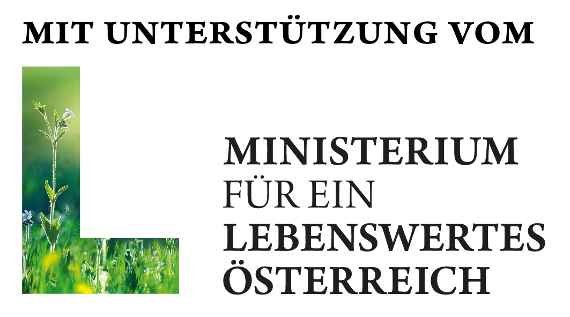An efficient way from the data to the model
Rehabilitation and adaptation planning for small
and medium size sewer networks
An efficient way from data to model - renovation and adaptation planning for small and medium size sewer networks
Funding:

Federal Ministry of Agriculture, Forestry, Environment and Water Management, BMLFUW (Austria)
Partner:
- Graz University of Technology - Institute of Urban Water Management and Hydraulic Engineering
- University of Natural Resources and Life Sciences, Vienna - Institute of Sanitary Engineering, Industrial Water Management and Water Protection
Duration: 12/2012 - 06/2015
Project objectives:
The hydraulic and environmental condition assessment of sewer systems are two of the most critical functional requirements for these systems in general rehabilitation planning. The hydraulic condition assessment includes the determination of the hydraulic performance, e.g. according to EN 752 or ÖWAV regulation sheet 11. The environmental condition assessment includes the analysis of the material load in the direction of the receiving surface waters, e.g. by applying ÖWAV regulation sheet 19. Traditionally, different modelling environments are used for this purpose, which means an (avoidable) additional effort for both data management and modelling. In addition, the investment required depends not only on local conditions but also on the quality of the planning. A targeted planning methodology combined with increased planning expertise can contribute directly to reducing the required investments.
The aim of the project is to develop a methodology that makes efficient and economical use of existing data in the growing pipeline industry.
The objective of the project is to develop a methodology that enables combined verification in accordance with Code of Practice 11 and Code of Practice 19 while utilising the existing data in the growing pipeline information systems efficiently and economically. A method is being developed that enables targeted, efficient verification management based on a common, optimised model structure and avoiding redundant data. The challenge here is a targeted, model-independent workflow for preparing the existing data, deriving the model structure from the data, selecting suitable modelling approaches, setting up the models, calibrating the models, performing the verification and linking the results with the database. Another expected result is the significantly simplified updating of the model for the combined verification process in the event of changes to the database as a result of modifications to the system structure (e.g. decoupling of areas), updated (improved) data or the management of different expansion scenarios. In order to support the desired planning process, important aspects of modelling and dealing with uncertainties in planning are also addressed, with the aim of providing comprehensive support for a cost-effective planning process, but also achieving a significant reduction in the resulting investment requirements.
Contact:
University of Innsbruck
Dr Manfred Kleidorfer
Technikerstrasse 13
6020 Innsbruck
manfred.kleidorfer@uibk.ac.at
